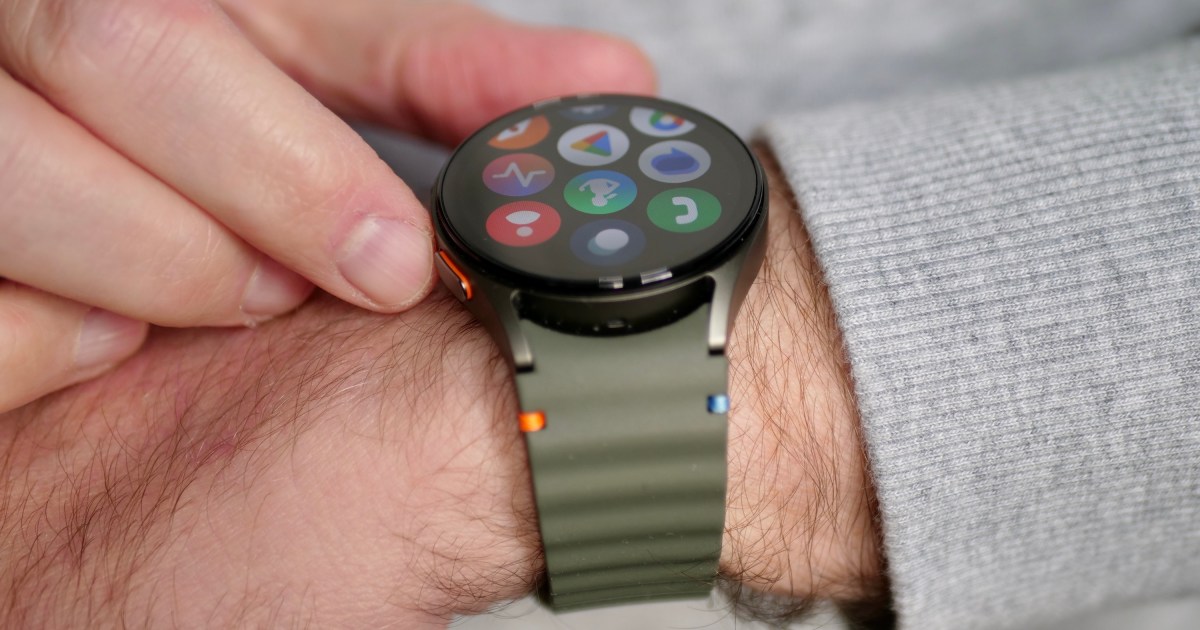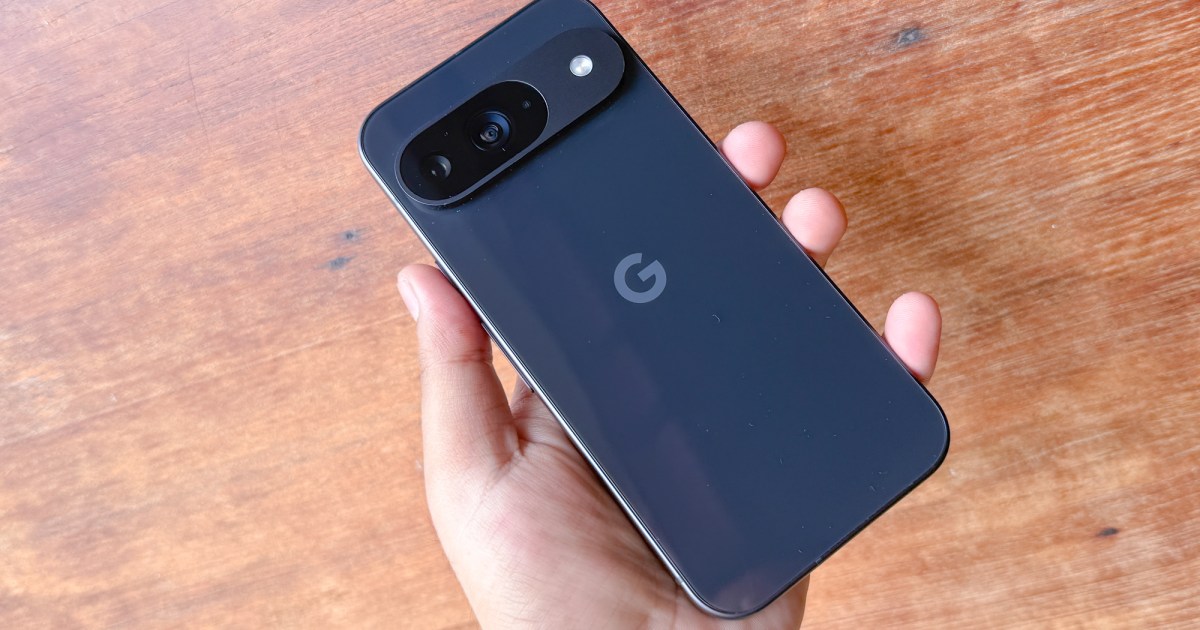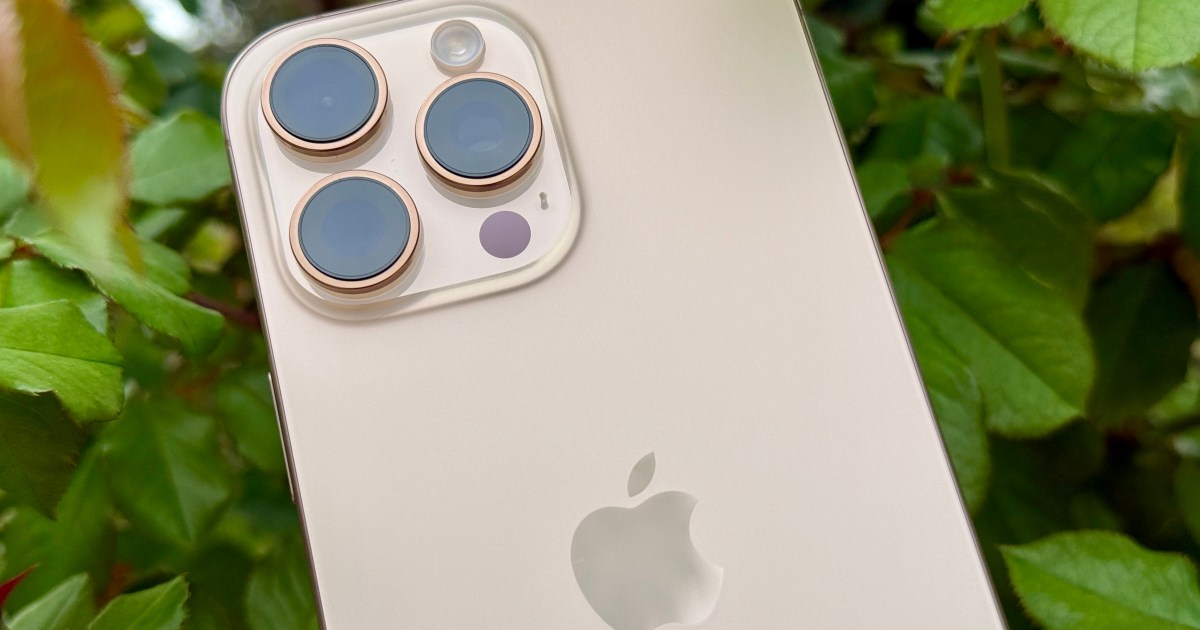Samsung is poised to introduce its seventh-generation Galaxy Z Fold this summer, yet its most significant competitor, Apple, remains silent on its own foldable phone ambitions. Rumors have long circulated about an impending iPhone Fold, with the latest whispers suggesting a launch next year. Having experienced nearly every globally released folding phone, I’ve always been intrigued by the prospect of an iPhone Fold. However, I harbored doubts about Apple’s ability to deliver a crucial feature, making me initially skeptical they should even attempt it.
This past week, Apple’s WWDC 2025 keynote unveiled the next wave of updates for its platforms. Alongside a new unified naming scheme encompassing iOS 26, watchOS 26, and macOS 26 Tahoe, the spotlight shone on iPadOS 26. This update is not just an iteration; it fundamentally transforms the iPad. It’s the most significant iPad update in years, introducing a long-awaited capability that redefines the tablet experience and, excitingly, renews my optimism for Apple’s rumored iPhone Fold.
The Crucial Element: What Defines a Superior Folding Phone?
My extensive experience with the vast majority of folding phones released worldwide, including many China-exclusives, has provided a clear perspective on what makes them truly functional. The premier book-style folding phones, those designed to rival the upcoming Galaxy Z Fold 7, all excel in one critical area: multitasking. Samsung, for instance, has been refining multitasking on its devices for over a decade, and Android has offered native multiwindow support since Android 7 in 2016.
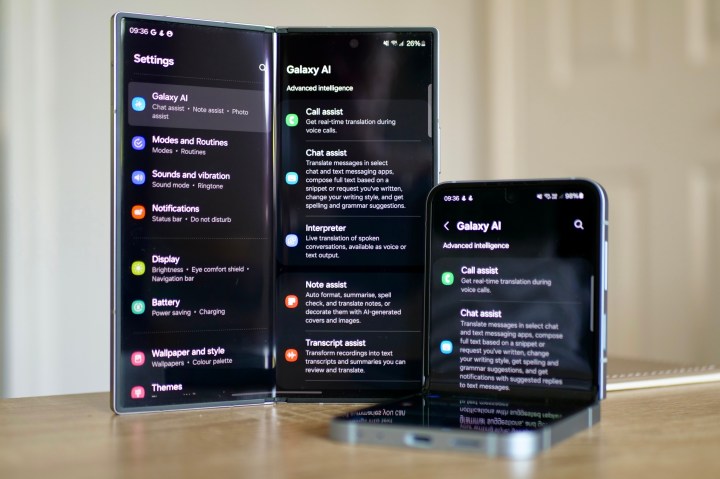 Samsung Galaxy Z Fold 6 and Flip 6 showcasing Galaxy AI features on their foldable screens.
Samsung Galaxy Z Fold 6 and Flip 6 showcasing Galaxy AI features on their foldable screens.
Multitasking is paramount to the folding phone experience. It enables users to fully leverage the expanded screen real estate of the larger internal display. Unlike flip phones that compact a standard smartphone, these larger foldables transition from a regular phone to a tablet-sized screen, necessitating the ability to run multiple applications simultaneously.
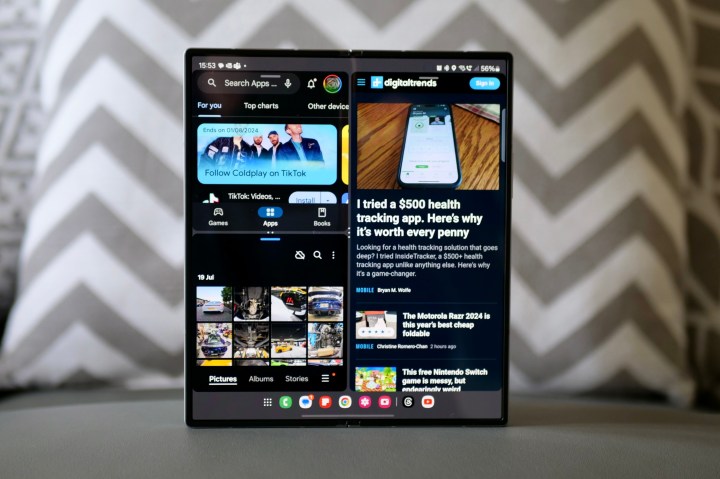 Demonstration of multitasking capabilities on the Samsung Galaxy Z Fold 6 inner display.
Demonstration of multitasking capabilities on the Samsung Galaxy Z Fold 6 inner display.
Google recognized this need by introducing optimizations for large-screen foldables in Android 12L two years ago. Devices like the Galaxy Z Fold 6 can manage three apps side-by-side, with additional apps in pop-up windows. Similarly, the Oppo Find N5 and OnePlus Open boast the innovative Open Canvas system, which visualizes apps in windows that can extend beyond the physical screen.
 Oppo Find N5 displaying three apps simultaneously using its Open Canvas multitasking feature.
Oppo Find N5 displaying three apps simultaneously using its Open Canvas multitasking feature.
Each of these devices offers a robust solution for maximizing the utility of their large displays. Until the advent of iPadOS 26, this was a capability where Apple noticeably lagged.
iPadOS 26: A Game Changer for Apple’s Multitasking Vision
While iOS 26 itself doesn’t introduce advanced multitasking, iPadOS 26 finally presents a coherent strategy for large screens. In doing so, Apple has demonstrated its readiness to develop a folding phone that can genuinely compete with the established leaders in the foldable market.
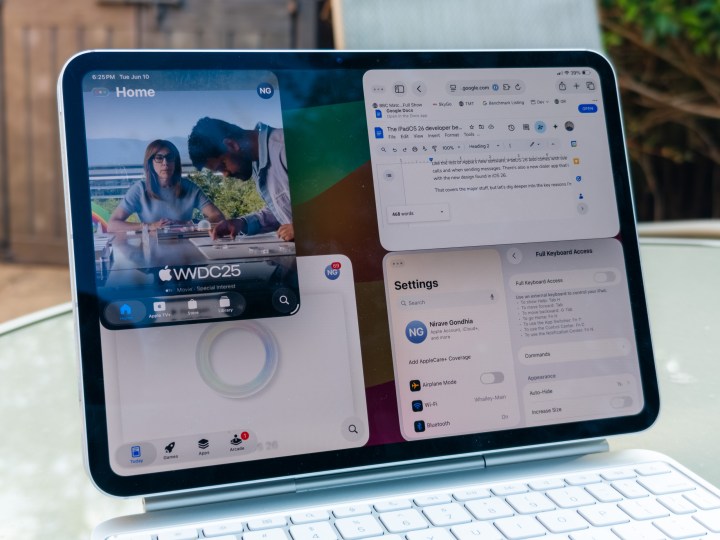 iPad Pro 11 running iPadOS 26 developer beta, showcasing four resizable app windows simultaneously.
iPad Pro 11 running iPadOS 26 developer beta, showcasing four resizable app windows simultaneously.
For years, the iPad offered rudimentary split-screen multitasking. However, iPadOS 26 introduces a sophisticated new windowing engine, designed to emulate a desktop computer experience. Gone are the simple split views; users now have resizable windows that can snap to predefined layouts or be freely adjusted using corner handles. This interface is instantly familiar to anyone accustomed to desktop operating systems and is considerably more intuitive than multitasking on any other tablet, with the exception of high-end Windows tablets.
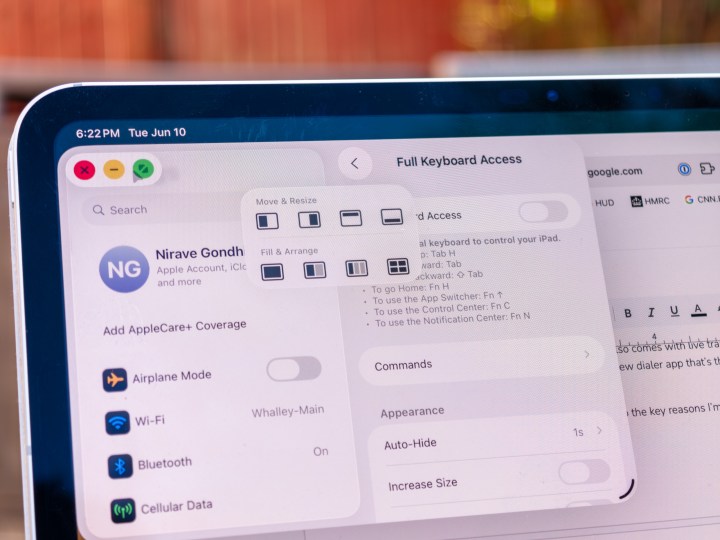 iPadOS 26 on iPad Pro M4 demonstrating preset window management options for enhanced multitasking.
iPadOS 26 on iPad Pro M4 demonstrating preset window management options for enhanced multitasking.
Naturally, an iPhone Fold is not an iPad. Yet, this new windowing system has already revolutionized my productivity on the iPad Pro 11. It holds the same transformative potential for the iPhone Fold, significantly enhancing its utility, and consequently, its appeal and market viability.
Projecting the Future: iPadOS 26’s Impact on the iPhone Fold
A straightforward path for the eventual iPhone Fold would be for Apple to integrate these iPadOS capabilities into iOS 27 next year, aligning with the rumored foldable’s launch. However, I believe Apple has an opportunity to elevate the entire folding phone experience concurrently.
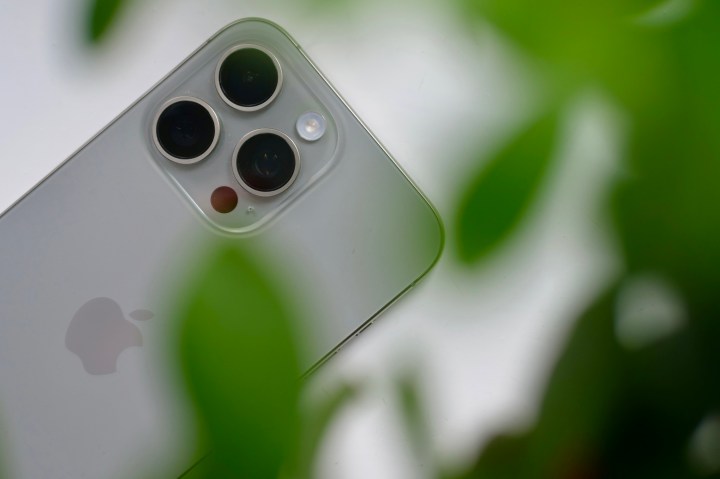 Rear view of the Apple iPhone 15 Pro Max, hinting at future Apple device innovations.
Rear view of the Apple iPhone 15 Pro Max, hinting at future Apple device innovations.
A significant challenge for many current folding phones is that, despite offering excellent multitasking features, many Android applications are not optimized for the larger format. This often results in an experience that feels like using an oversized phone rather than a compact tablet.
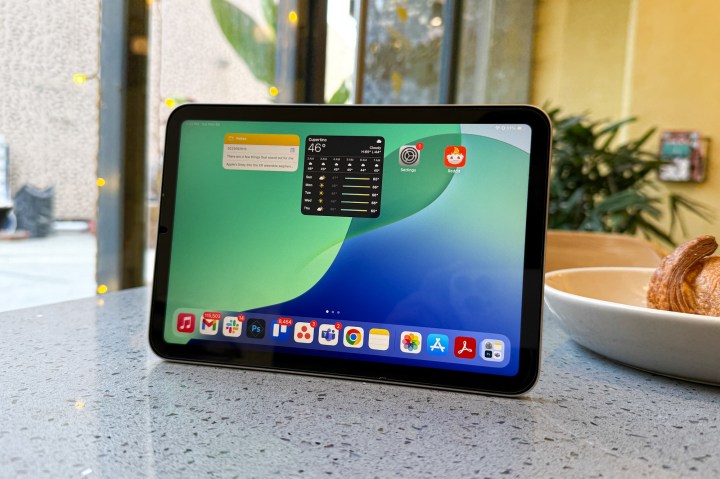 Apple iPad mini with A17 Pro chip, illustrating Apple's powerful tablet ecosystem.
Apple iPad mini with A17 Pro chip, illustrating Apple's powerful tablet ecosystem.
Apple could ingeniously address this by running iOS on the cover screen and a modified, optimized version of iPadOS on the larger, internal display. This approach would not only be unique in the foldable landscape but would also tackle the primary usability issues, instantly positioning the iPhone Fold as a new benchmark for competitors.
Regardless of the specific implementation, the advanced multitasking features introduced in iPadOS 26 have significantly increased my anticipation for what Apple can achieve with the iPhone Fold. The company’s entry into the folding phone market is almost certain to be disruptive, and its thoughtful approach to iPadOS 26 convinces me that Apple is capable of crafting an unparalleled user experience.





